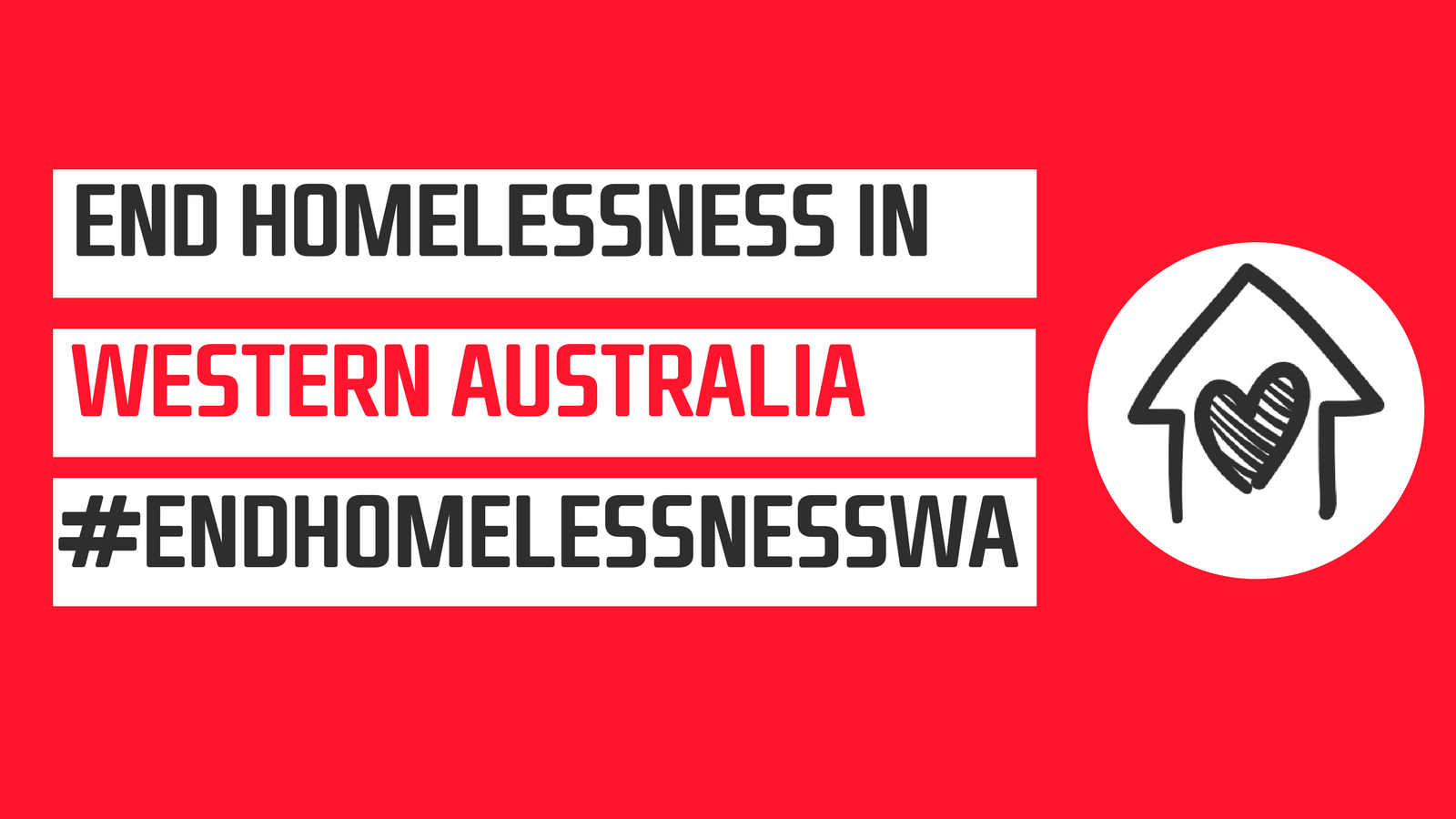Western Australian Alliance to End Homelessness Dashboard |

|
Reducing the rate of homelessness in WA
Target 3
The Western Australian rate of homelessness (including couch surfing and insecure tenure) will have been halved from its 2016 level
Reducing the overall rate of homelessness
In 2016, 36.4 per 10,000 Western Australians were homeless according to the Census. To achieve the target of halving the rate of homelessness by 2028, this rate will need to decrease to 18.2 persons per 10,000. However, in the 2021 census, the homelessness rate rose to 38.6 per 10,000. (Figure 3.1).
In 2017/18 and 2018/19 the homeless rate as recorded by the Specialist Homelessness Service Collection decreased slightly to 32.5 and 32.6 respectively, before increasing to 34.8 in 2019/20 and dropped to 32.5 in 2020/21, above the trajectory for the target of 17.2 persons per 10,000 by 2028 (Figure 3.2).
There was a drop in both clients who were homeless and clients at risk of homelessness accessing SHS in April 2020, coinciding with the outbreak of the COVID-19 pandemic and likely attributed to nation-wide lockdown measures which resulted in many services cutting back direct service delivery for a period. By December 2020, the numbers of both client groups increase to approximately pre-pandemic levels and a further increase in the following years occurs, to the highest level in March 2023 (the latest monthly data we have). The monthly series also shows that among male clients, a higher proportion are homeless compared to female clients, while the opposite trend is seen in clients at risk of homelessness (Figures 3.3 and 3.4).
In the case of those experiencing homelessness on entry to support to SHS services, the majority completed their support period in the same homelessness position that they began their support period in. In other words, the majority started and ended their support period still homeless and in the same homelessness position (e.g., those rough sleeping in the beginning of the support period remained rough sleeping at the end. There was a slight reduction from the previous period in positive transitions from homelessness to both social housing (15% in 2021 to 14% in 2022) and private rental housing (13% in 2021 to 10% in 2022). (Figure 3.6).
In the case of those at risk of homelessness, the very low proportion of clients that move from housing to homelessness and remain in the same permanent housing state is a very positive outcome, showing that the vast majority of SHS clients at risk of homelessness at the beginning of the support period remained housed through their support period (Figure 3.7).